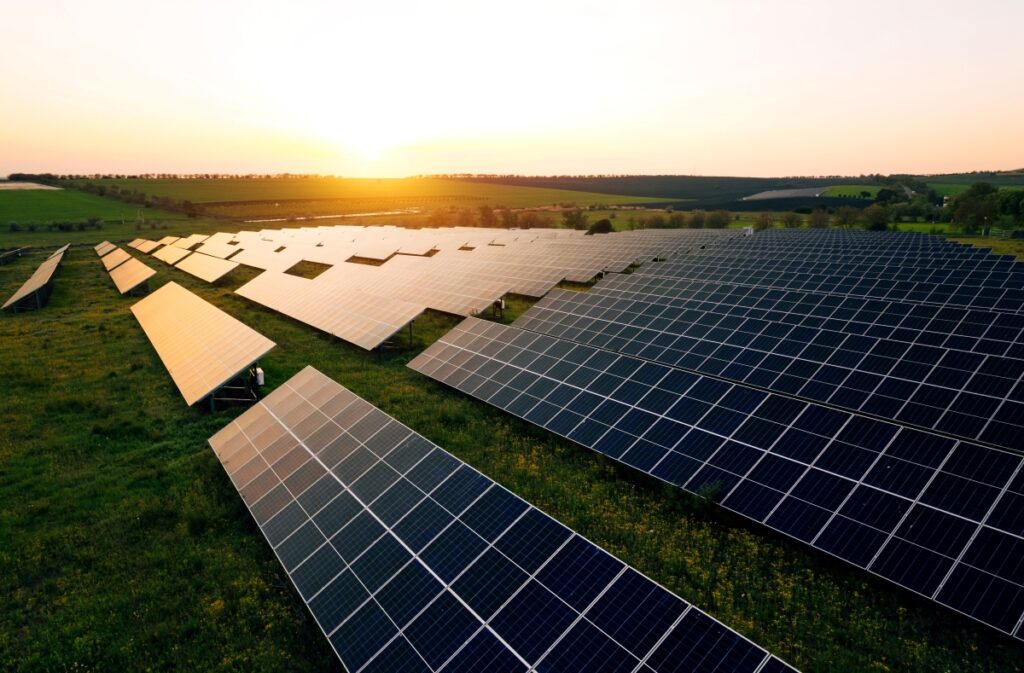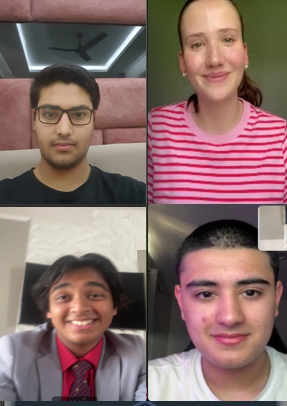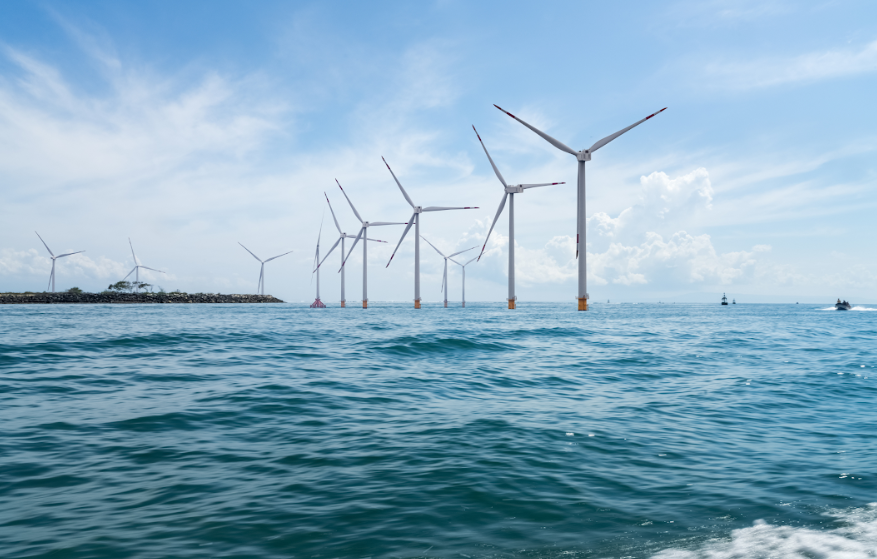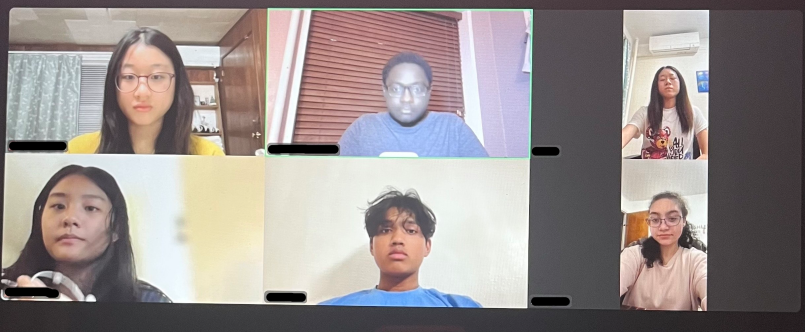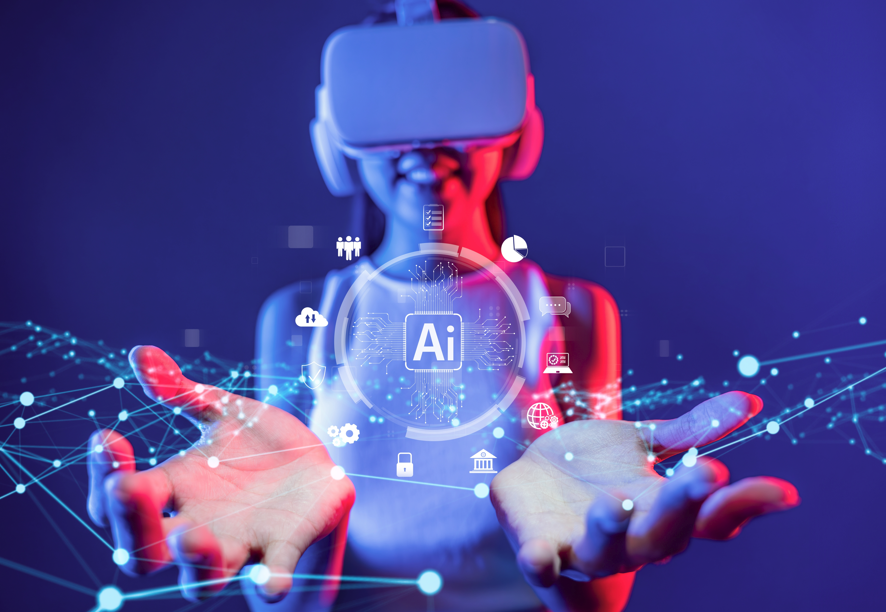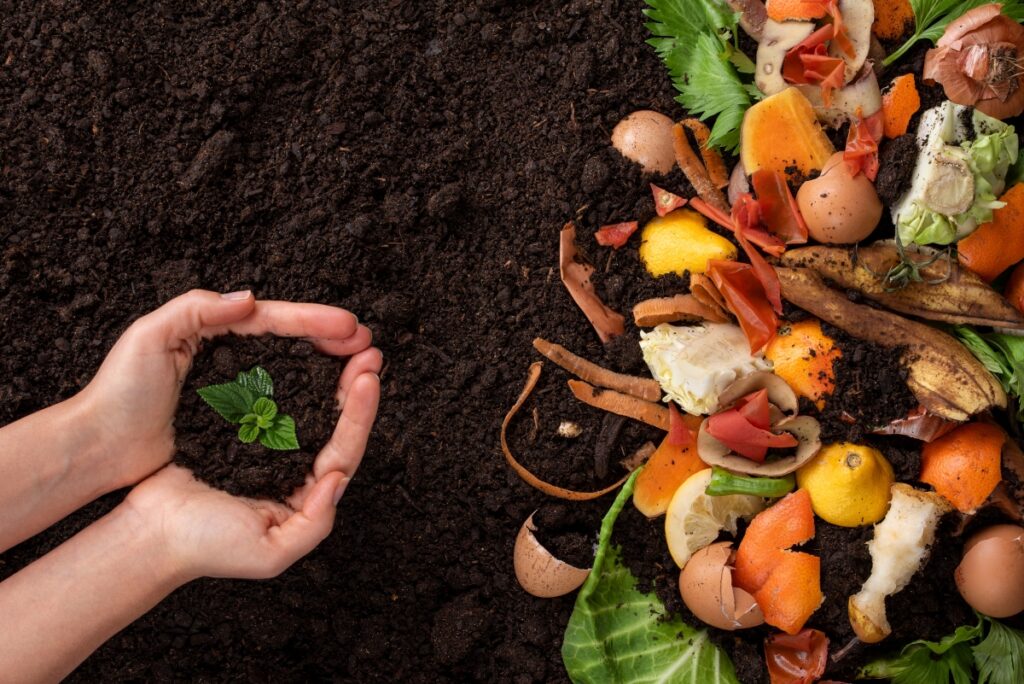
Eligibility
- This challenge is only open to Junior Academy students from the USA and countries in the MENA (Middle East and North Africa) region. Mentors can be from any country.
- Maximum of six (6) students per team, plus one (1) mentor.
Overview
Nearly one third of all food worldwide goes to waste somewhere in the journey from farm to plate. The issue is not limited to wealthier countries, but causes of the waste vary by country and region, and the impact is not equitable. Preventing the billion metric tons of food wasted each year could reduce world hunger, minimize greenhouse gasses, and prevent habitat and biodiversity loss across the globe. In this challenge, you are asked to design innovative technological and social solutions that reduce food waste with an eye towards promoting sustainability, equity, and responsible consumption.
Challenge
Design an innovative, scalable solution that helps reduce food waste at the local level (household, local restaurants, retail) or at the regional level (agriculture), while promoting sustainability, equity, and responsible consumption.
Consider the following when designing your solution:
- What type of food waste will your solution address?
- Household waste? Restaurant or grocery waste?
- Specific foods such as fresh vegetables? Meat? Dry goods?
- Specific harvests or regions?
- Something else?
- How can your solution be available to and adopted by the entire community?
- How will you approach the problem? Will you take a technology approach or a social approach?
- How can your solution address equity issues in food availability?
- How might you integrate community co-design into your solution?
- How might your solution be scaled to impact other regions or other countries?
- How can you keep the cost of your solution low enough to encourage implementation?
- How sustainable is your solution?
- What region or community might your solution impact the most?
- What public policy might be needed to support or implement your solution?
See the challenge course syllabus.
Success Evaluation Criteria
Solutions will be judged based on the following criteria:
- Innovation and Design Thinking: Is the design and approach unique and/or innovative? Does the design show a high degree of originality and imagination?
- Scientific Quality: Are the appropriate references and analytical methods used and are the insights derived correctly?
- Presentation Quality: Is this concept concisely and clearly explained? Are the findings/recommendations communicated clearly and persuasively?
- Commercial Viability/Potential: Does the solution have the potential to make a difference?
- Sustainability: What is the social impact on local communities? How does the solution incorporate positive environmental or social objectives? Is the solution in line with a sustainable or justice focused future?
- Teamwork and collaboration: Was the experience a collaborative endeavor? Was the knowledge gained from the experience reflected upon and tied back to a civic engagement mindset? (From Personal Reflections)
See the challenge rubric.
Sponsors
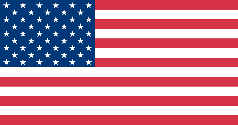
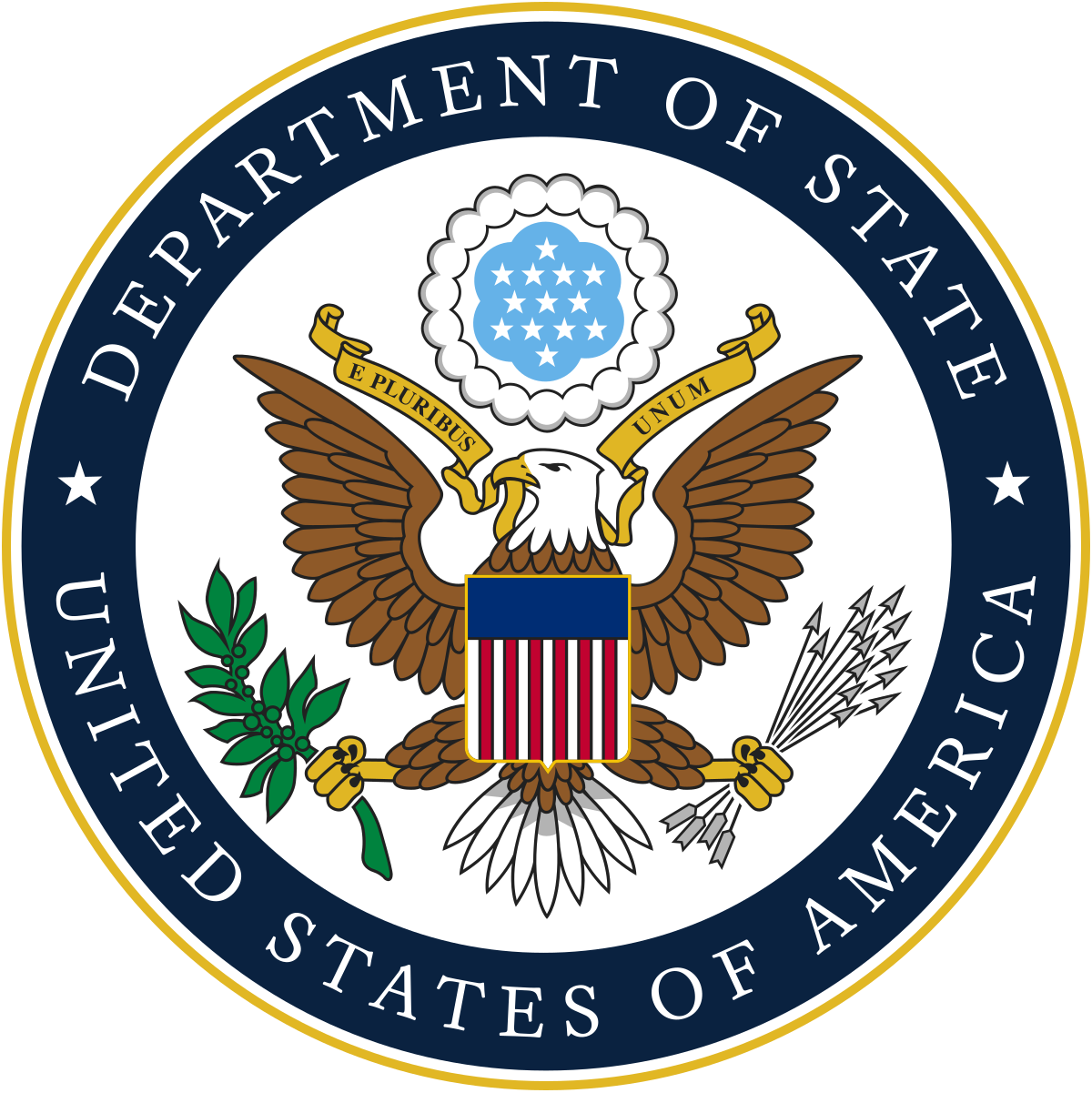
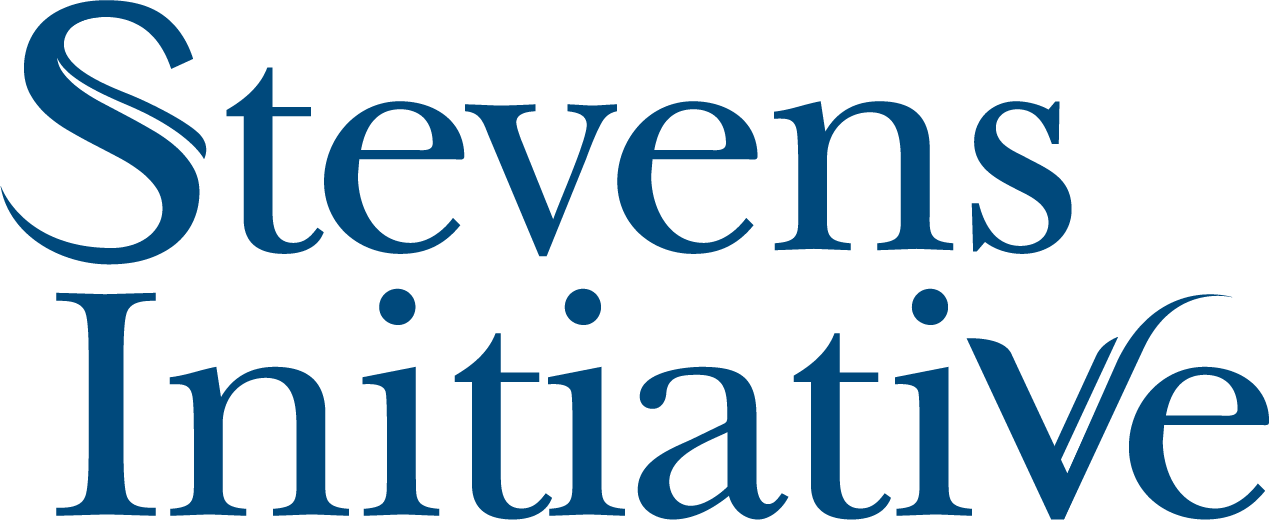
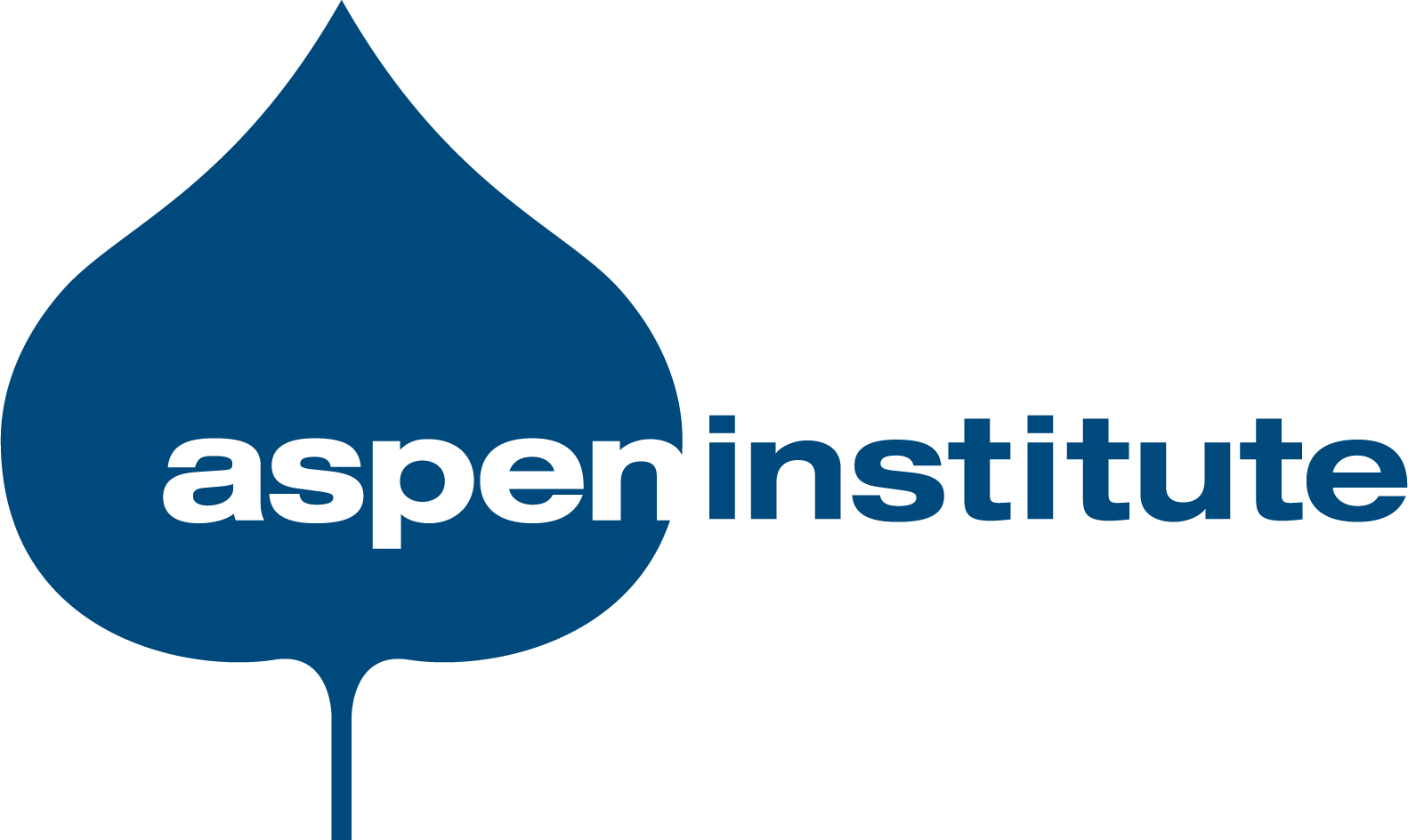
The Junior Academy is implemented by The New York Academy of Sciences and is supported by the J. Christopher Stevens Virtual Exchange Initiative (JCSVEI). JCSVEI is a U.S. Department of State’s Bureau of Educational and Cultural Affairs program administered by the Aspen Institute.


